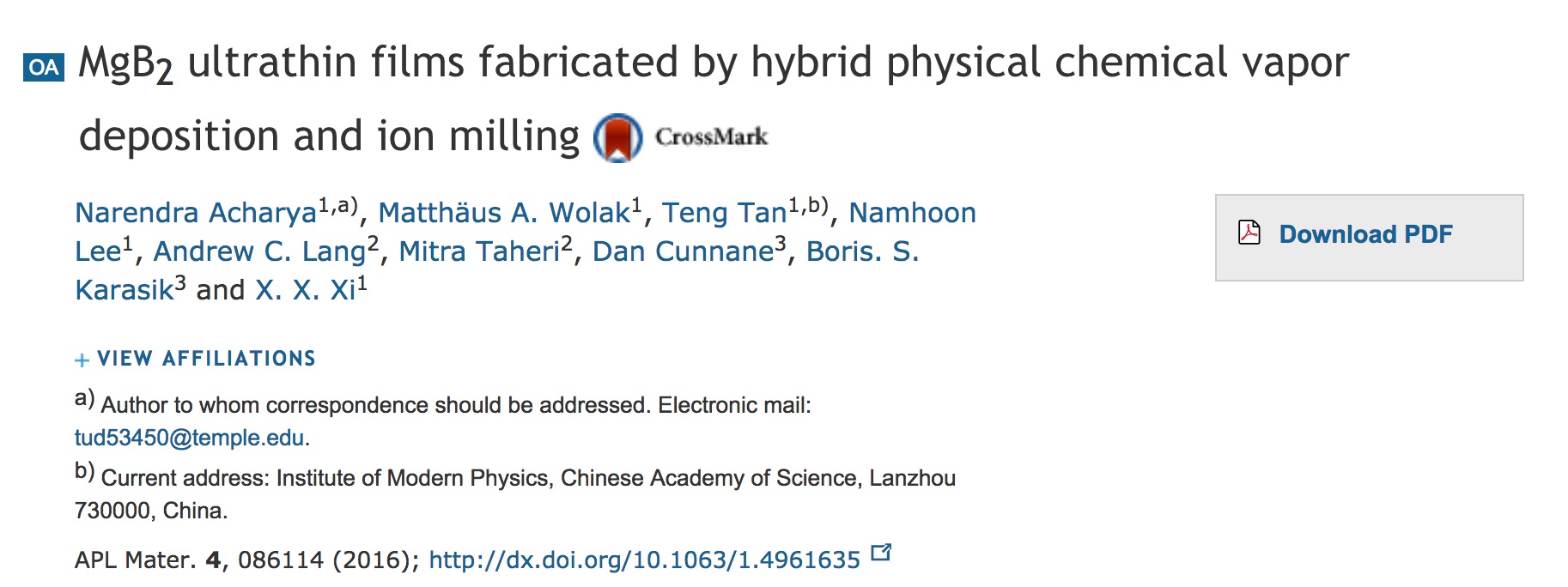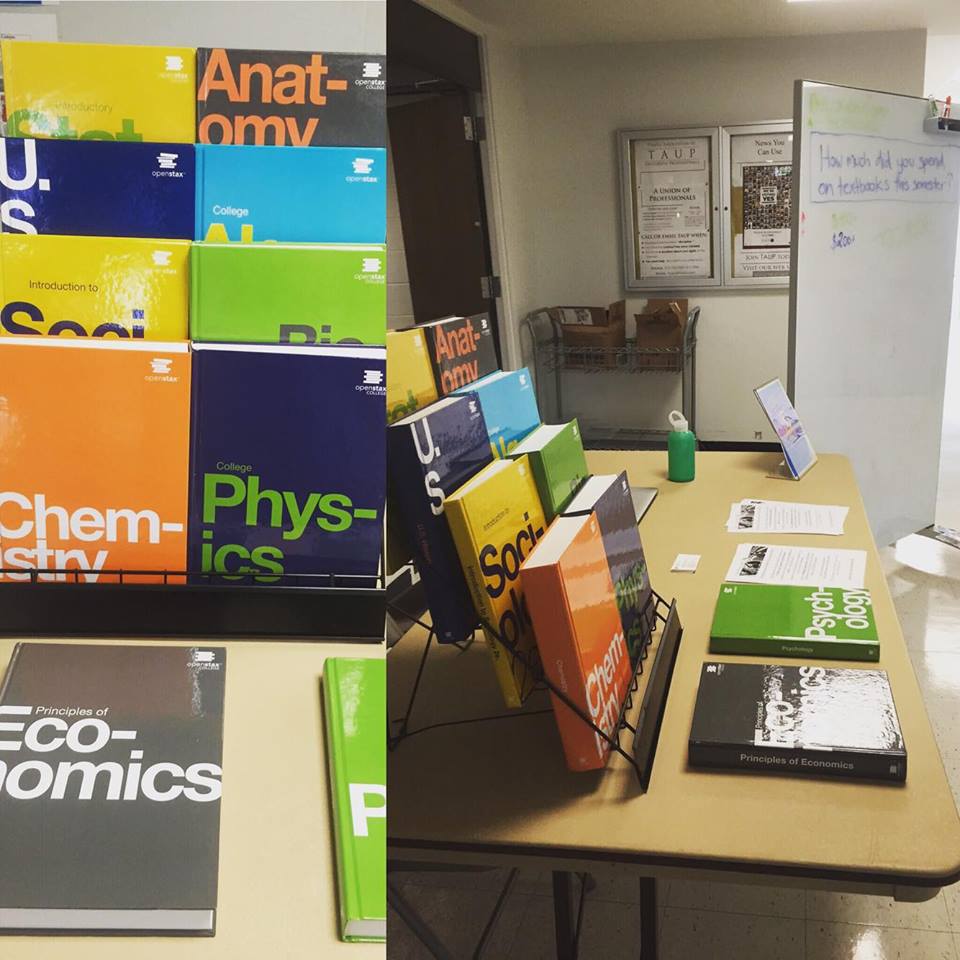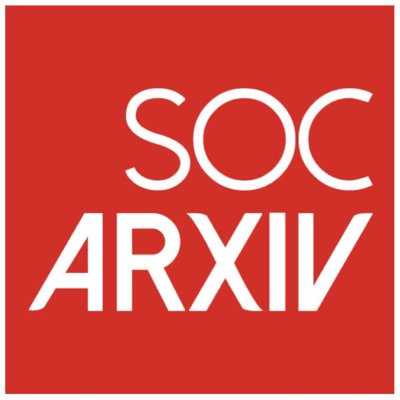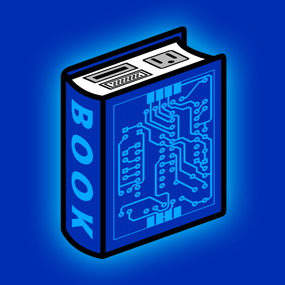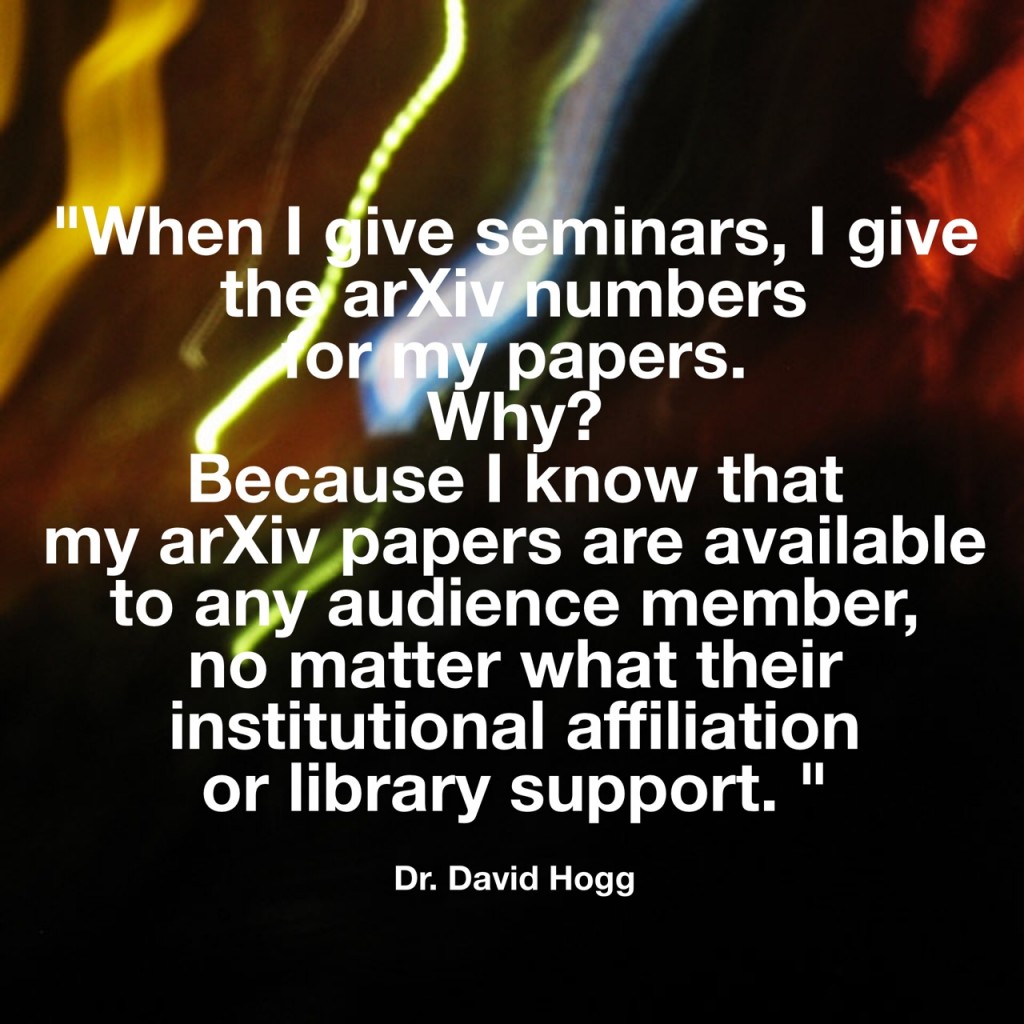
“Little roar” by Becker1999 is licensed under CC BY 2.0.
UPDATE: Since this post originally appeared, Beall’s List has been taken down.
Recently, the term “predatory” publisher has become a buzzword among many in academia. “Predatory” publishers run online, open access (OA) journals that will accept almost any paper submitted. They offer little in terms of copy editing or peer review. Journal websites may include false information about impact factors, editorial board members, and other affiliations. “Predatory” publishers often spam authors via e-mail to encourage them to submit their work.
These publishers profit from this scheme by charging authors various publication fees. Authors are willing to pay such fees because of the “publish or perish” culture of academia. They are usually unaware that they are dealing with a “predatory” publisher, or may not become aware until their article has been published.
The term “predatory” publisher was coined by controversial librarian Jeffrey Beall in 2010. Beall currently maintains a list of suspected “predatory” publishers on his website. Because not all “predatory” publishers on Beall’s list are alike (and in fact, some may not be predatory at all), many scholarly communications experts prefer to use the terms “questionable” or “low-quality.”
In addition to Beall’s List, a number of high-profile stings have tried to expose the questionable practices of these publishers and their journals by submitting nonsense or significantly flawed papers. One Harvard medical researcher, for example, submitted an article to 37 questionable journals entitled “Cuckoo for Cocoa Puffs?: The Surgical and Neoplastic Role of Cacao Extract in Breakfast Cereals.” The actual text of the article was randomly generated. 17 journals accepted the paper, promising to publish it if he would pay the $500 fee. Of course, it’s important to note that this is not a problem limited to OA journals–traditional subscription journals have also been known to publish faked work. To see a few examples, check out the blog Retraction Watch, which monitors all of the retractions in scientific journals.
Whatever you want to call them, hundreds of “predatory” publishers do exist, and according to a 2015 study, the number is growing rapidly. Last Friday, the Federal Trade Commission (FTC) made it clear that they are paying attention to this phenomenon: they filed a complaint against well-known “predatory” publisher OMICS Group. OMICS Group publishes over 700 open-access journals in a wide variety of disciplines, from business and management to chemistry to political science. According to the FTC, OMICS Group is not upfront with scholars about the publication fees its journals charges. In addition, OMICS Group journals do not allow authors to withdraw their articles. The FTC also pointed out that a subsidiary of OMICS Group runs scam conferences where they advertise the appearance of academics who never agreed to participate.
So exactly how concerned should scholars be about this phenomenon? In general, “predatory” publishers are not a huge threat to most scholars, especially if you do your research before submitting your article to a journal or agreeing to serve on a journal editorial board. Asking your colleagues if they have heard of the journal before is a good first step. Be aware, however, that many OA journals are just starting out, so they may not have the same name recognition as top journals in the field that have been around for decades.
Second, check out the journal’s website. Do you recognize any of the scholars on the editorial board? If so, do they list their work for the journal on their own faculty profile page? Are any author fees clearly stated somewhere (if you are in the humanities, know that most OA humanities journals do not charge any publishing fees)? Remember: just because a journal charges a fee, does not make it predatory. Many reputable OA journals rely on article processing charges (APCs) to recoup their costs.
Finally, check out the Open Access Scholarly Publishers Association (OASPA) and the Directory of Open Access Journals (DOAJ) to see if your publisher or journal is listed. In order to be included in the DOAJ, applications are reviewed by four different people. And in May of this year, the DOAJ announced it was taking additional steps to make sure that the directory is a trustworthy source of information.
Still not sure if the journal you are interested in publishing in passes muster? Contact the Libraries for help.


